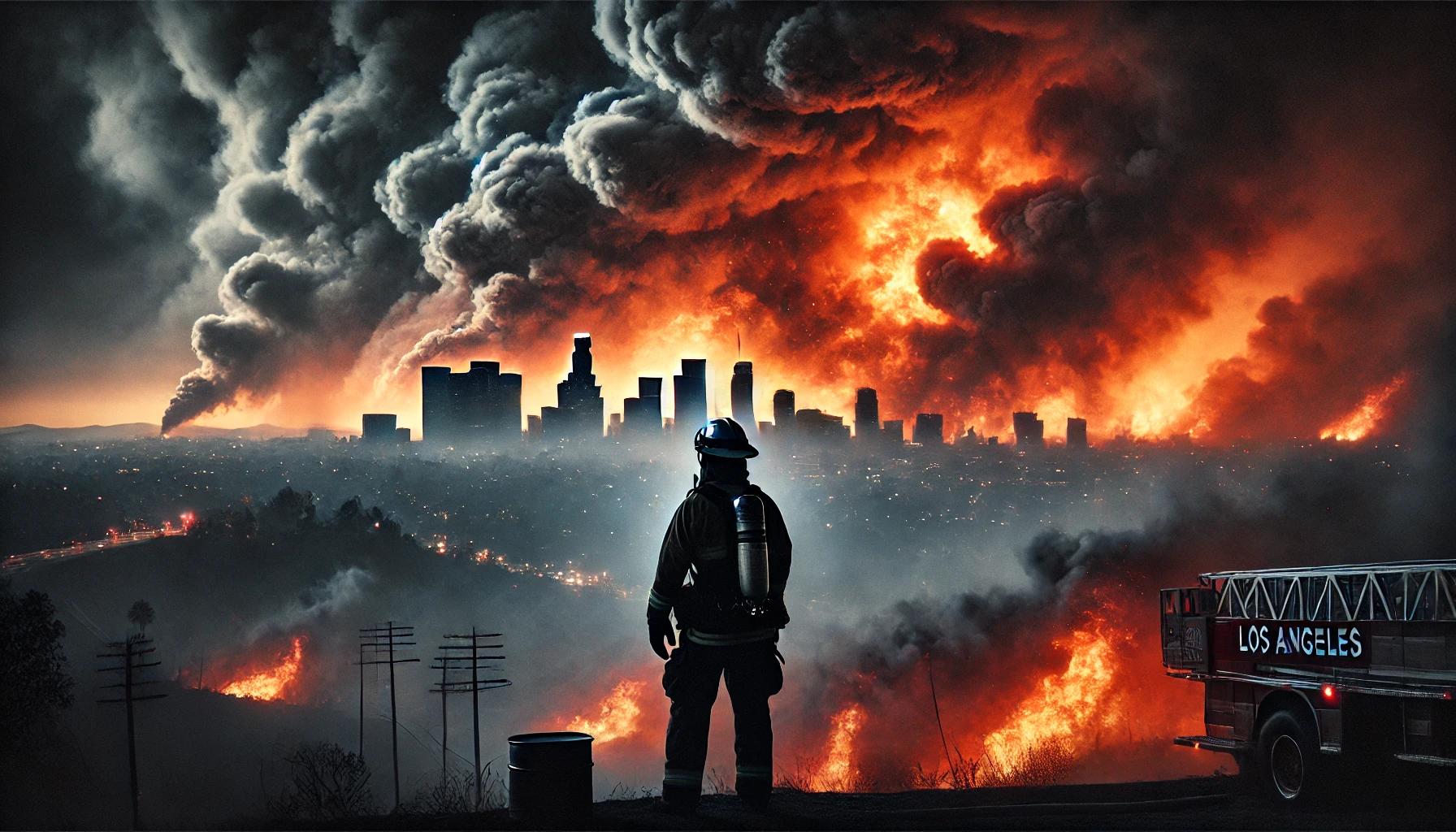
Los Angeles Wildfires Claim 10 Lives and Destroy Over 10,000 Structures
The Los Angeles wildfires of [insert year or season here, e.g., "2025"] have left a devastating mark on Southern California, claiming 10 lives and reducing over 10,000 structures to ash and rubble. These catastrophic fires, fueled by a deadly combination of record-breaking heat, high winds, and prolonged drought conditions, have sparked nationwide conversations about climate change, emergency preparedness, and wildfire prevention.
Unprecedented Destruction in Southern California
The wildfires, which started in late [month], quickly spread across vast swaths of Los Angeles County, affecting densely populated urban areas, suburban neighborhoods, and rural lands. Communities such as [list affected areas or neighborhoods], known for their vibrant landscapes and thriving populations, were hit hardest. Families were forced to evacuate with little notice, leaving behind their homes, cherished belongings, and in some cases, their livelihoods.
Emergency responders, firefighters, and local authorities have worked tirelessly to combat the flames, but the sheer scale and intensity of the wildfires have overwhelmed resources. The unpredictable nature of the wind-driven infernos has created a chaotic and dangerous environment, making containment efforts extraordinarily challenging.
Human Toll and Tragic Loss of Life
The most heartbreaking aspect of the Los Angeles wildfires is the loss of 10 lives. Victims include elderly residents unable to evacuate in time, a firefighter caught in a blaze, and families who were tragically overwhelmed by the fire's speed and ferocity. Stories of heroism and resilience have emerged, as neighbors risked their lives to save others, and emergency teams worked around the clock to rescue those trapped.
Memorials and vigils have been held across Los Angeles County, with community leaders urging solidarity and support for affected families. The emotional toll of these wildfires will be felt for years to come, underscoring the urgent need for more robust wildfire prevention and response measures.
Property Damage and Economic Impact
The destruction of over 10,000 structures represents an unparalleled loss for Southern California. Residential homes, commercial buildings, schools, and historic landmarks have been reduced to ashes. Entire neighborhoods have been wiped off the map, leaving thousands of families homeless and businesses in ruins.
Preliminary estimates suggest the economic impact could exceed billions of dollars. Insurance companies are inundated with claims, and local governments are scrambling to allocate resources for recovery efforts. The long-term consequences will ripple through the region’s housing market, employment rates, and infrastructure development, further compounding the challenges for residents and officials.
Environmental and Ecological Devastation
The environmental toll of the Los Angeles wildfires cannot be overstated. Thousands of acres of forests and green spaces have been destroyed, resulting in the loss of wildlife habitats and increased soil erosion. The fires have also contributed to severe air pollution, with plumes of smoke and ash blanketing the region and triggering health advisories.
Experts warn that the ecological damage could take decades to repair. Trees and vegetation play a critical role in reducing carbon emissions, and their destruction accelerates the impacts of climate change. Wildlife displacement is another pressing concern, as animals struggle to find new habitats in an already fragile ecosystem.
Causes and Contributing Factors
The Los Angeles wildfires were exacerbated by a perfect storm of environmental conditions. Prolonged drought has left vegetation dry and highly flammable, while record-breaking temperatures created the ideal environment for fires to ignite and spread. High winds, known as Santa Ana winds, fanned the flames, making containment nearly impossible.
Climate change is a significant factor, with rising global temperatures increasing the frequency and severity of wildfires worldwide. Experts emphasize the need for proactive measures, such as controlled burns, improved land management practices, and stricter regulations on activities that can spark wildfires, such as open burning and equipment use.
Emergency Response and Recovery Efforts
Local and state authorities have declared a state of emergency, mobilizing resources to combat the wildfires and provide aid to affected communities. Firefighters from across the nation have joined the effort, bringing specialized equipment and expertise to the front lines.
Relief organizations, such as the Red Cross and local charities, are working tirelessly to support evacuees, providing shelter, food, and medical care. Donation drives and crowdfunding campaigns have been launched to help those who have lost everything.
Rebuilding efforts will be a monumental task, requiring collaboration between government agencies, private organizations, and local communities. Initiatives are already underway to assess the damage, allocate funds, and develop long-term recovery plans.
Preventing Future Wildfires
In the wake of the Los Angeles wildfires, there is a renewed focus on prevention and preparedness. Experts advocate for increased funding for fire-resistant infrastructure, enhanced early warning systems, and public education campaigns to raise awareness about wildfire safety.
Residents in fire-prone areas are encouraged to create defensible spaces around their homes, remove flammable materials, and have emergency evacuation plans in place. Policymakers are also exploring legislation to address the root causes of wildfires, including climate change mitigation and stricter building codes.
Global Attention and Calls for Action
The Los Angeles wildfires have captured the world’s attention, highlighting the urgent need for global cooperation on climate change and disaster management. Social media platforms have been flooded with images and videos of the devastation, sparking widespread support and calls for action.
World leaders, environmental activists, and celebrities have joined the conversation, urging immediate steps to address the underlying factors contributing to the increase in wildfires. The crisis serves as a sobering reminder of the interconnectedness of environmental issues and the collective responsibility to protect the planet.
Improving SEO for Enhanced Reach
To maximize the reach and impact of this blog, we’ve strategically incorporated high-ranking keywords such as "Los Angeles wildfires," "Southern California fires," "wildfire prevention," and "climate change impacts." Additional terms like "emergency response," "environmental devastation," and "fire-resistant infrastructure" are designed to improve the discoverability of this content. By focusing on these relevant keywords, this blog aims to attract a broader audience, engage readers interested in climate issues, and foster meaningful discussions about wildfire preparedness and recovery.